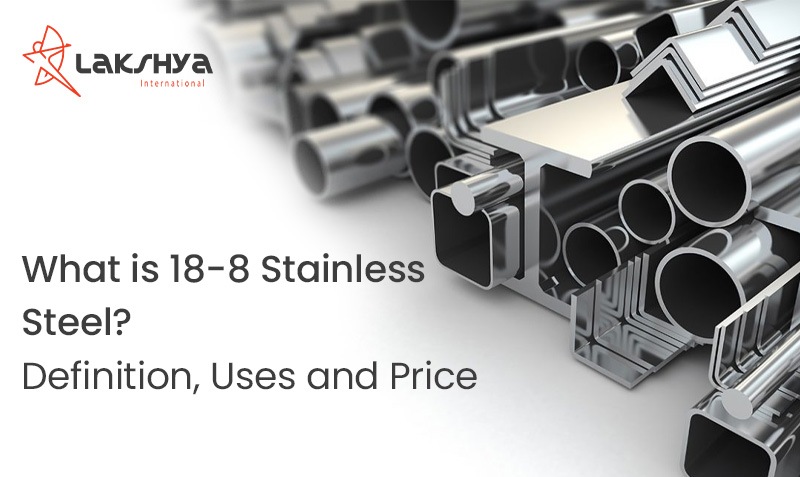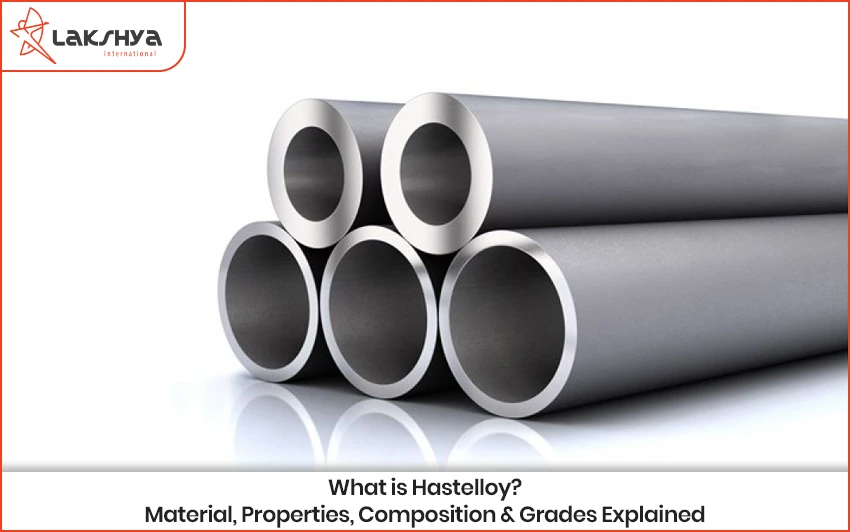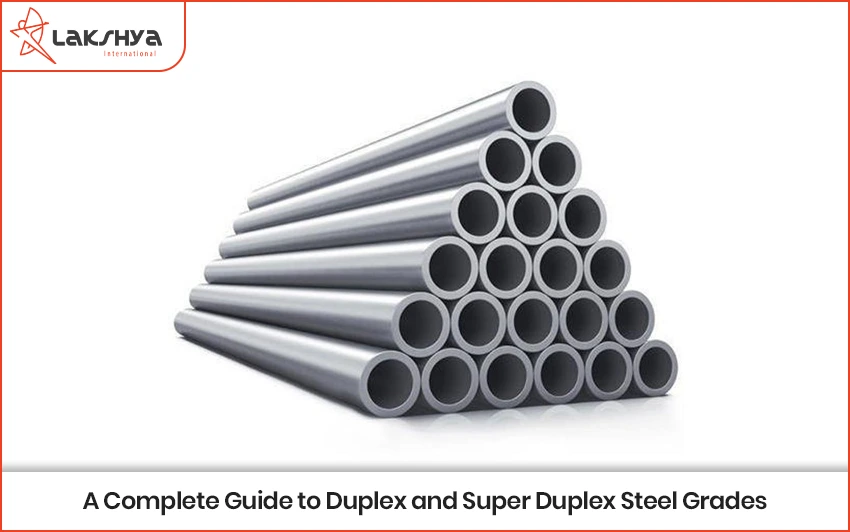What Does 18-8 Stainless Steel Mean?
18-8 Stainless Steel finds frequent application in the crafting of various food preparation tools, including kitchen utensils, cutlery sets, cookware, and baking sheets, among others. Its versatility extends to decorative uses, such as wall panels or decorative trim for cabinetry and furniture. Notably, 18-8 stainless steel often presents a more cost-effective alternative in terms of pricing when compared to 304 steel.
18-8 SS represents one of the most versatile and widely employed forms of austenitic stainless steel. The numeric designation, 18-8, precisely illustrates its elemental composition, consisting of 18% chromium and 8% nickel. This alloy’s primary appeal lies in its remarkable resistance to both corrosion and oxidation. Moreover, it boasts exceptional durability and ease of fabrication, rendering it an optimal choice for various applications. This material also possesses the added advantages of simplicity in cleaning and availability in diverse finishes and appearances. stainless steel 18-8 is alternatively recognized as austenite steel or 304-grade steel.
Stainless steel, characterized by its low carbon content and a chromium content of at least 10% by weight, derives its stainless and corrosion-resistant properties primarily from chromium. The chromium content facilitates the formation of a protective chromium oxide film on the steel surface, imparting resilience against corrosion. Even when this film sustains damage, it regenerates as long as oxygen, even in minute quantities, is present.
While the enhanced chromium content in 18-8 steel augments its corrosion resistance and other favorable traits, the incorporation of additional elements like molybdenum, nickel, and nitrogen also contributes to its performance. The extensive array of stainless steel grades, numbering over 60, can be categorized into approximately five classes, each named for the alloying elements influencing their microstructure and reactivity with external factors.
Explaining 18-8 Stainless Steel
The exceptional properties of 18-8 stainless steel make it an ideal material for various applications, including:
- Auto trim and molding.
- Kitchen equipment.
- Wheel covers.
- Truck bodies.
- Exhaust manifolds.
- Storage tanks.
- Pressure piping and vessels.
The nickel and chromium content in this stainless steel grade bestows excellent resistance to corrosion, particularly when exposed to moderately caustic and acidic solutions. It also performs well in most non-severe conditions, except during welding operations. For welding applications, the stainless steel 304L grade is preferred due to its heightened resistance to intergranular corrosion.
In atmospheric and pure water environments, lower alloyed grades are preferable for their enhanced corrosion resistance, whereas high-alloyed grades excel in resisting corrosion in acidic, chlorinated, and alkaline solution-heavy settings, which are often encountered in process plants.
When compared to the 400 series, 18-8 stainless steel exhibits superior corrosion resistance. It can be hardened through cold working and remains non-magnetic. However, it displays susceptibility to corrosion in the presence of chlorides, rendering it unsuitable for marine applications.
The “18-8” label denotes products crafted from the 300-series stainless steel family, signifying the 18% chromium and 8% nickel alloy blend – the defining components in this steel. While all 300-series stainless steel varieties share this 18-8 mixture, variations in chemical composition may exist among different grades, influencing their corrosion resistance against specific types of corrosion.
Austenitic stainless steels typically have an initial yield strength of approximately 200 megapascals (MPa) during manufacturing, which can be substantially increased through cold working, potentially up to tenfold. These steels retain their ductility at cryogenic temperatures and maintain strength at elevated temperatures, a property not observed in ferritic stainless steel grades. Their corrosion resistance spans from everyday use to withstanding the corrosive effects of boiling seawater. However, it’s important to note that while superior to many alloys, 18-8 stainless steels exhibit lower resistance to cyclic oxidation compared to ferritic counterparts and are susceptible to stress corrosion cracking. Furthermore, their endurance limit is relatively lower, at around 30% of their tensile strength, compared to ferritic steels, which exhibit an endurance limit at 50-60% of their tensile strength. Consequently, 188 stainless steel is more prone to fatigue failures when compared to ferritic grades.
18-8 Stainless Steel Uses and Price
When in the market for stainless steel cookware, it’s essential to strike a balance between cost and quality. Opting for 18-8 stainless steel can be a sensible choice, particularly if you’re working within a budget. However, for those seeking top-tier cookware, 18-10 stainless steel emerges as the superior selection. While 18/8 steel boasts resistance to rust, the elevated nickel content found in 18-10 steel renders it nearly impervious to corrosion.
One significant advantage of 18-10 stainless steel lies in its exceptional heat conductivity. Count on 18-10 steel cookware to swiftly and uniformly heat your food. While 18-8 steel cookware performs adequately in the kitchen, it doesn’t quite reach the elevated standards of quality set by its 18-10 counterpart.
Stainless steel cookware is renowned for its longevity and lustrous appearance. While stainless steel is a lightweight and low-maintenance material, it’s worth noting that the cookware’s performance can vary based on the type of stainless steel you opt for. Both 18-8 and 18-10 stainless steel stand as reliable choices, but the latter, 18-10, undoubtedly emerges as the superior overall option.
Although 18-10 stainless steel may come with a higher price tag than 18-8, this cookware investment can last a lifetime when appropriately maintained and cared for. In contrast, cheaper stainless steel alternatives typically require replacement after just a year or so of use.




